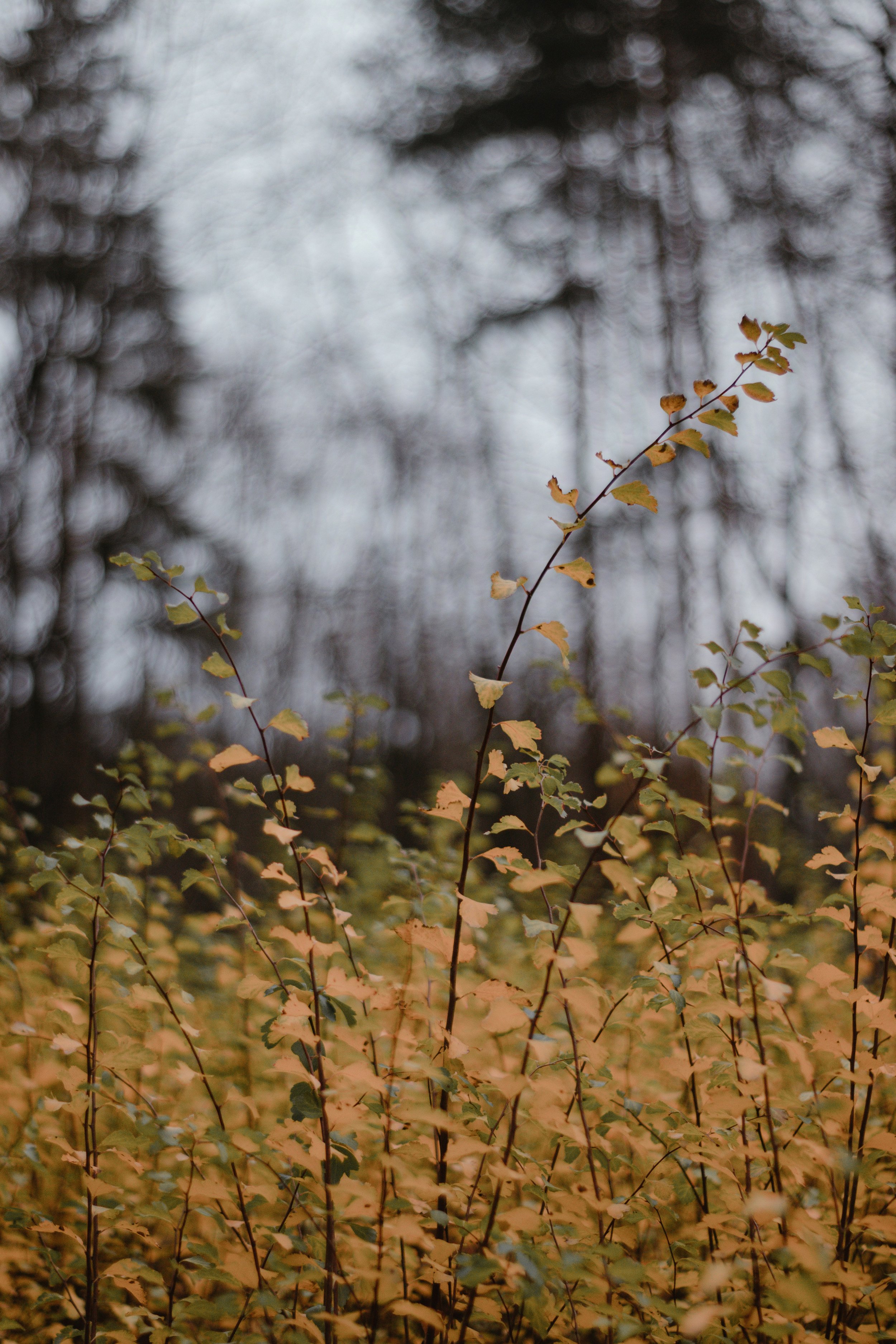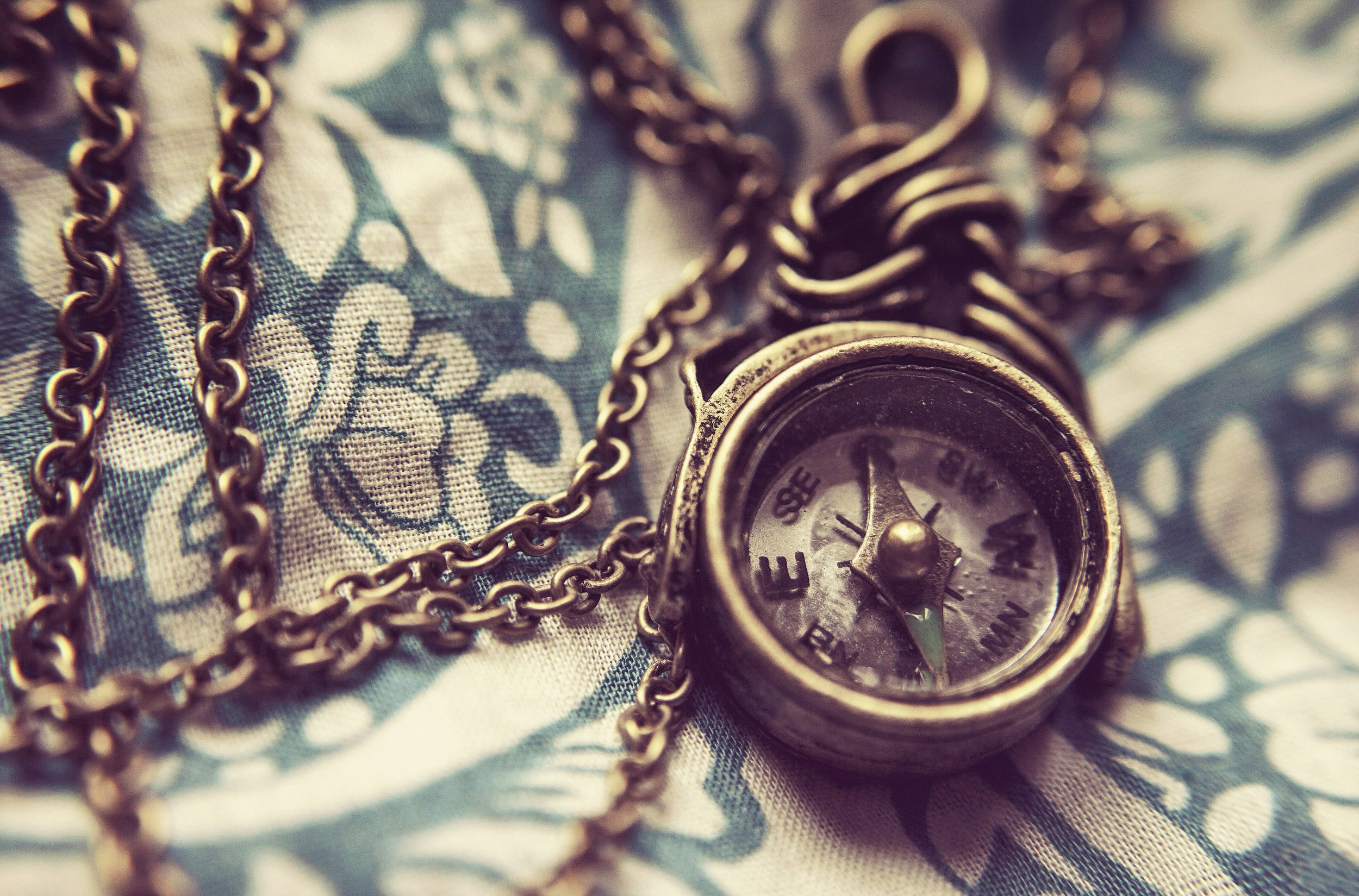The Sensitive Spirit: Reishi (Ganoderma lucidum) Plant Profile
For many herbalists practicing any form of traditional or modern western herbalism, you'll encounter the "woah, man, have you heard about mushrooms?" whether in a book, class, conference or herbal study meetup.
(I mean, I’m sure there are mushroom people in all the herbal traditions, but I can only speak of my mushroom people...)
I certainly encountered the seemingly endless ability for mushrooms to treat all the things in my early days of practice, especially since I was coming up during a renewed intensity around the raw vegan food movement.
Are mushrooms cool? Yes!
Do they cure all the things? Yikes, no, but they remain very cool and useful and strange none-the-less.
Mushrooms carry all sorts of folklore, from promises of immortality to marking the places in the landscape where we might slip through to the otherworld. While it can be far too easy to fall into the snares of a marketplace posing as some sort of synthetic "otherworld" trying to sell mushroom-based miracle "cures" and biohacks, there are fortunately plenty of ways to celebrate the magick of the mycelium path without getting lost in the marketing. Reishi is a mushroom that you'll find caught up in the endless hype of wellness culture, which is why I resisted writing about for so long. But, it's also a very cool mushroom with a lot of healing qualities that make it a useful ally to work with, especially in its ability to expand consciousness beyond the hyperbolic into something more grounded and more profound.
So let’s shake off the noise, get low to the earth, and find ourselves sitting with this glossy friend of decay and regeneration.
Reishi
(Ganoderma lucidum)
Common + Folk Names : Lingzhi, varnished conk, ling chih, mushroom of immortality, shiny polyporus, glossy ganoderma
Element : Earth
Zodiac Signs : Carries the energy of Taurus and Capricorn. A remedy for Pisces.
Planets : Saturn
Moon Phase : Dark Moon
Tarot Cards : The Devil, the Star, the Sevens, the Eights (learn more about the connections between the tarot and herbs)
Parts used : Fruiting body
Habitat : Native to East Asia (primarily China, Korea, and Japan) and naturalized throughout parts of Europe and the USA
Growing Conditions : Shady and moist conditions, preferring to grow on decaying hardwood. Unless you know it has been ethically wildcrafted, look for cultivated sources.
Collection : When the red color of the cap has reached the edges, the edges are slightly curled under, and spore production is evident.
Flavor : Bitter
Temperature : Cool
Moisture : Dry
Tissue State : Balancing to all tissue states, but especially good for Tension
Constituents : Vitamin B2, vitamin C, adenosine, ganoderic acid S, ganoderic acid R, lipids, ash, protein, glucans, polysaccharides, phytoesterols, coumarin
Actions : Adaptogen, analgesic, antibacterial, antifungal, antihistamine, anti-inflammatory, antioxidant, antitumor, antitussive, antiviral, cardiotonic, expectorant, hepatoprotective, hypotensive, immunostimulant, insulinotropic, radiation protective, rejuvenative.
Main Uses : Reishi is a beautiful red mushroom forming fan-shaped shelves on dead hardwood trees and sometimes at the base of living ones. Like many mushrooms, it invites us to imagine Good Folk dancing over it, leading us on a path across logs, past the edges of old trees, and along the forest floor, possibly leading us to somewhere beyond and between.
I use Reishi primarily as an adaptogen, or an herb that helps us to adapt to all forms of stress from emotional, mental, physical, and environmental. Over time, adaptogens help us to build our resilience to stress, often by increasing energy and improving our overall vitality. While many adaptogens are stimulating, Reishi is calming and helps to ground and center an overstimulated nervous system. For folks who tend to meet stress with increasing anxiety and agitation (as opposed to feeling sluggish and checked out), incorporating Reishi into a daily blend might be helpful (I prefer it in powder form, but use the remedy type that makes the most sense for you). My favorite way to enjoy Reishi is by mixing the powder with equitably sourced Cacao (Theobroma cacao) and Cinnamon (Cinnamommum spp.) in hot Oat milk.
Adaptogens like Reishi, which not only help to interrupt stress but stimulate our immune system, can be essential in helping to pull us out of the cycle of getting sick, getting stressed by getting sick, taking a long time to recover which increases our stress, and then getting sick again. Reishi's antiviral and antibacterial qualities help to inhibit infections while stimulating the immune system. The mushroom is also a great post-illness remedy, helping to alleviate fatigue and restore energy levels.
While Reishi is useful for balancing all of the tissue states, it has a particular resonance with alleviating the Tension tissue state. We are living in high tension times driven by technological developments which center data-mining and ad-driven algorithms over authentic connection and preservation of our planet. It is no wonder that so many of us struggle with anxiety and chronic stress arising from trying to "hold it all together" - an inherently tense way of existing. Signs of excess Tension include heightened anxiety leading to hypervigilance where one is always on guard and in a defensive position. Some other signs of Tension include forgetfulness, brain fog, and restlessness. If you're experiencing these symptoms of excess Tension Reishi might be an excellent ally to work with.
Within Chinese Traditional Medicine, Reishi is considered an herb of spiritual benevolence, helping us become receptive to the peace of body and mind which occurs through spiritual practice. It is called upon when there are signs that one's spirit has been disturbed. In my practice, I see a lot of chronic sensory and empathy overwhelm leading to disturbance of the spirit (i.e. our sense of whole and undisturbed self), which is why I think Reishi is such a great ally for sensitive folks. Reishi helps us to release tension, letting go of those things that we have no control over, and helps us find a place of compassionate receptivity in order to receive back our breath, our clarity, and our ability to be at peace in the world.
As an adaptogen Reishi not only helps with the reduction of stress but helps to normalize body systems in general. It's a good ally when it comes to maintaining normal blood pressure and blood sugar levels, adrenal function, and stabilizing the immune system. The immunomodulating qualities of Reishi is particularly useful when tending to chronic immune issues such as chronic fatigue and other immunocompromised conditions like fibromyalgia and the recovery period post-viral infection. Reishi is also a useful supplemental ally for immunocompromised or suppressed conditions like HIV and cancer, helping to protect against the harmful effects of chemotherapy and improve white blood cell count. The mushroom can also be used to support recovery from acute immune-compromised conditions such as bacterial infections like Strep or Staph and viral infections.
Reishi has an affinity for the respiratory system and signs of asthma, chronic bronchial infections, and allergies which lead to compromised breathing or feeling like you can't take a deep enough breath can all be indications for the mushroom. Reishi helps to improve lung function and capacity, relieve allergies and the histamine response, regulate cardiac function including coronary circulation, as well as increase levels of oxygen in the blood. Again and again, Reishi moves through the body in a way that helps us to take a deeper, more nourishing breath.
As Reishi helps us to breathe deeper, it also helps us to sleep better. Taken on its own or paired with herbs like Passionflower (Passiflora incarnata) or Skullcap (Scutellaria lateriflora), Reishi can alleviate insomnia and improve overall quality of sleep. The mushroom can also support digestive health, promoting the growth of beneficial gut bacteria, healing ulcers, and improving liver function. Good sleep and digestion go hand in hand so if you're having trouble with sleep, addressing digestive issues and vice versa can often lead to positive outcomes.
Magickal Uses : Within traditional western magickal practice there is not a precedent for Reishi's magickal uses (at least in the English language resources that I have access to), but we can certainly learn about the magickal qualities of Reishi through observation of its medical qualities as well as direct experience. I use Reishi before meditation and sound healing sessions to help me become receptive to the peaceful energies generated by such practices. Reishi is also a great ally to work with when it comes to connecting more deeply with your current or developing spiritual practice. If you're feeling a deep connection with Reishi, I also encourage you to check out resources and stories within Chinese medicine about the mushroom.
The Reishi Personality : One of the indications for Reishi is a poor or pallid complexion - there is a lack of vibrancy and life to the skin and appearance. Reishi folks can lack vibrancy from being worn down and worn out by the overstimulating nature of modern life. One of the heart-breaking things that Reiki folk often deal with is a deep yearning for spiritual practice and connection, but a state of brain-fog and forgetfulness that can make them feel like they are stuck on an endless loop of never quite remembering to make time for things of a spiritual nature. The excess tension that they carry around from trying to manage their brain-fog and just getting through the day with already depleted resources can lead to a constant state of low-level to intense anxiety. Panic attacks can be especially disorienting as there can be little perspective or feelings of resiliency to connect with to help pull them through to the other side. Reishi helps them to restore energy to their whole being as well as help them to connect with their feeling of spiritual self-worth. The mushroom can help to enliven their gifts of being able to cultivate reverence and reverence-filled spaces with ease and gentleness, something which our culture at large needs, and which is why Reishi folks are so needed in our present time.
Contraindications : Generally considered safe, but use with professional guidance during pregnancy and breastfeeding. Avoid if you have mushroom or mold allergies. Discontinue use 7 to 10 days before surgery as the herb can inhibit blood clotting.
Drug interactions : Anti-coagulants, statins, interferon and immunosuppressant medication. Caution with insulin and hypoglycemics.
Dosage : Small doses are best.McIntyre recommends1-5 ml of tincture (1:3 30%) up to three times daily. 5 - 30 grams of powdered extract up to three times daily. Large and/or prolonged doses can cause dry mouth, gastro-intestinal distress (such as constipation or diarrhea), and dizziness.
᠅
I hope you enjoyed that journey with one of the allies of the mushroom kingdom. If you’re looking for more plant ally wisdom, check out my archive of planet profiles as well as find the printable version of Reishi plant profile and many more over in The Plant Ally Library.
If you’ve found yourself resonating with the ways that Reishi works with sensitivity I invite you to check out Solace: Herbs & Essences for Highly Sensitive People.
May your journey along the mycelium path be a fruitful one!
This post was made possible through patron support.
❤︎ Thanks, friends. ❤︎























